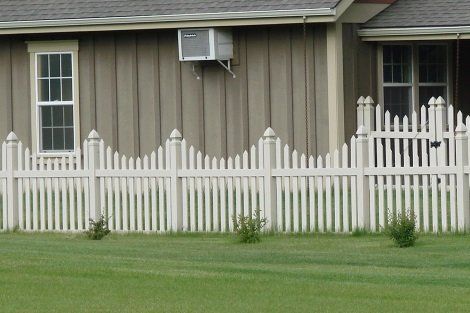Ornamental iron fences are not just about marking boundaries—they are a testament to artistic craftsmanship and history. The history of ornamental iron fences reveals their evolution in architecture and culture, blending functionality with timeless elegance. Join us as we dive into the journey of ornamental iron fences, their growth through history, and their lasting impact on modern aesthetics.
The Beginnings of Ornamental Iron Fencing
Ornamental iron fences have roots in ancient Egypt and Rome, where iron and bronze were first used for functional and decorative purposes. Initially, these fences were primarily designed for security, but with advancements in metallurgy, more ornate designs began to emerge.
Major Shifts in Ornamental Iron Fence Designs
During the 17th century, ornamental iron fencing evolved, becoming more detailed and artistic, especially in Europe. The industrial revolution of the 18th century was pivotal in making iron more affordable, enabling the creation of elaborate designs. Fences and gates adorned with intricate scrollwork, finials, and ornate patterns flourished in palaces and estates, marking the golden age of ornamental iron work.

How Culture Shaped Ornamental Iron Fencing Designs
As iron fencing became more widespread, the designs started to reflect the cultural influences of different regions. In France, for instance, the ornate, baroque-style fences showcased the country’s rich aristocratic heritage. Meanwhile, in the United States, iron fences became a status symbol, particularly in the 19th century, as wealthy landowners and industrialists sought to showcase their prosperity with grand, decorative fences. These cultural shifts led to the creation of diverse designs, each with its own unique features based on regional tastes and available materials.
Modern Adaptations of Traditional Styles
Today, ornamental iron fencing has evolved to meet the needs and tastes of the modern world. While traditional styles remain popular, there has been a rise in contemporary adaptations that combine the elegance of old-world design with new materials and technologies. Modern iron fences can be found in both residential and commercial properties, offering a combination of security, durability, and visual appeal. Today’s designs continue to honor the history of ornamental iron fences while embracing sleek, minimalist styles that cater to a range of architectural preferences.
Conclusion
The history of ornamental iron fences is a story of transformation, from simple functional barriers to masterpieces of design. Whether you're considering ornamental iron fencing for your property or simply appreciating the craftsmanship of these fences, their rich history and continued evolution make them a remarkable choice.
What style of ornamental iron fencing do you prefer for your home or business? Let us know in the comments below!
#OrnamentalIronFencing #HistoryOfFencing #IronFences #FenceDesign #Metalwork #DecorativeIron #FencingHistory #ModernDesign #CulturalDesign